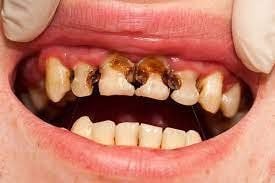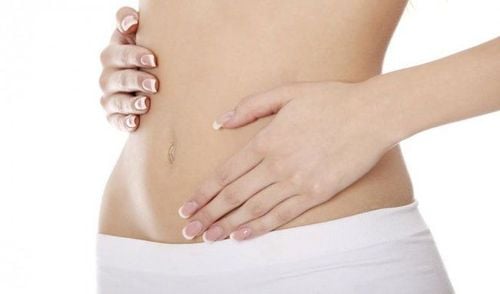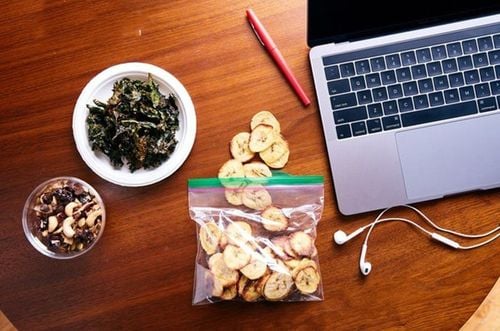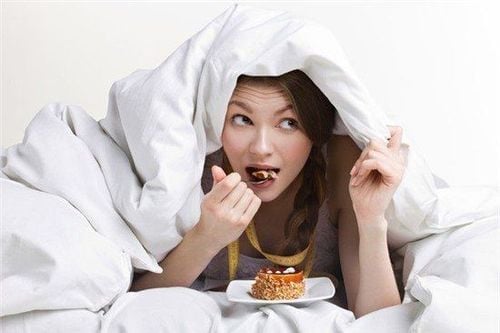This is an automatically translated article.
Snacking may be a favorite habit of many people, but not everyone knows how to snack to be the healthiest and most healthy. The right snacking not only helps you to fully replenish your body's energy source, but also provides essential nutrients such as vitamins, minerals, fiber and protein.1. Top tips to help you snack healthier
Although research on the health effects of snacking is still limited, the following tips may help when you want to add snacks to your diet: Drink your daily routine in a healthier way and give you more energy:*Read food labels: This is the first important step that you need to keep in mind before choosing any kind of junk food. You should carefully read the information on the nutrition label, including the amount of fat, saturated fat, sugar, salt, and calories in that food.
*Choose healthy snacks: You can replace snacks that are high in salt, sugar or saturated fat, such as cookies or candy, with healthier snacks like unsweetened popcorn, or unsalted nuts. Ideally, you should make these snacks yourself at home to ensure their healthy nutritional levels.
* Portion control: To maintain a healthy and balanced diet, you should consider portioning your snack, especially if it's high in saturated fat. , sugar and salt. If you occasionally eat chips, cookies, or chocolate, you should try to break them up into small portions, such as two cookies, a few crisps, and two squares of dark chocolate. In addition, vegetables and fruits are also considered a very healthy snack for you, so you should actively add them to your daily diet on a more regular basis.
*Sense the signs of hunger: Before you turn to junk food as a way to break boredom or simply entertain yourself, you should consider whether you are really hungry or not. are not. Some studies have found that sensing your body's signals of hunger and fullness, instead of binge eating, can help you avoid overeating. at the time.
*Track the number of snacks: You should try to keep track of how many times you snack during the day, including what and when you eat. You should not eat more than 3 snacks in a day.
*Plan ahead: If you plan to have a mid-morning or mid-afternoon snack to quench your hunger, planning ahead can help you choose healthy snacks thereby bringing balance to your overall diet.
*Avoid buying junk food when hungry: Some studies have shown that hunger can distract you and make less healthy snack choices. Ideally, you should have a specific list of healthy snacks you want to buy to make it easier to choose when you go to the store.
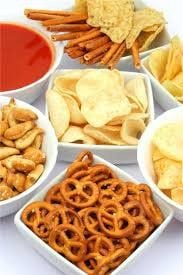
Bạn có thể thay thế những món đồ ăn vặt chứa nhiều muối, đường bằng những loại đồ ăn nhẹ lành mạnh
2. Effect of snacking on body weight
Several studies have shown that snacking has a significant impact on maintaining a person's weight. However, the extent to which each snack affects your weight is not the same. On the other hand, you need to determine if the snacks combined are more nutritious, such as eating fruit with low-fat yogurt; or whether the snack is high in sugar and saturated fat (such as cakes, chocolates, pies, or cookies). Eating unhealthy snacks can lead to obesity.In fact, some people like to include snacks in their diet, while others do not follow this trend. The exact cause for this is still not clear, but researchers have found a number of factors can influence a person's tendency to snack, including feelings of hunger, environment. surroundings, social culture, and the amount of food a person consumes.
Certain types of junk food can provide nutritional benefits to your health. They can contribute to energy needs, providing the body with essential nutrients, such as vitamins, minerals, fiber, and protein. To get the best benefits from junk food, choose healthy snacks that are low in saturated fat, sugar and salt, but packed with important vitamins, fiber and minerals. important. In addition, you should also pay attention to control your snack portion, avoid eating too much at once, but divide them into small portions. Besides, you can also incorporate snacks together, such as fruits and vegetables, or nuts into your diet.
On the other hand, you should determine which snack foods will fit your entire diet for the day, or even a week, to help ensure your energy intake is not too high, while helping Diversify your foods and beverages in a balanced and healthy way. According to research, women will need an average of about 2,000 calories per day (8,400kJ) and men 2,500 calories per day (10,500kJ). Here's an eating pattern to help spread your energy needs throughout the day:
Breakfast: 20% of your energy intake Lunch: 30% of your energy intake Dinner: 30% of your energy intake Drinks and snacks: 20% of your energy intake In case you consume more calories in one meal, you may not need to eat an extra snack. For example, if you ate a larger breakfast than you needed, you may not need to snack in the morning anymore.
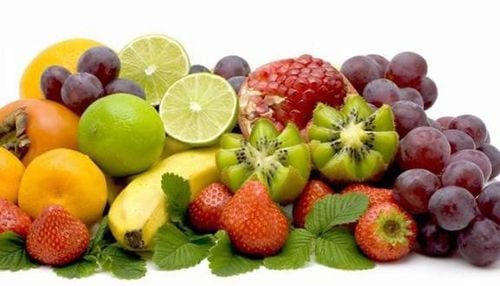
Ban nên ăn trái cây và rau quả bao gồm nho, chuối, salad trái cây trộn
3. How should you snack to be healthy?
The Eatwell Guide helps you identify the types and proportions of foods we consume to create a varied and balanced diet. In addition, you can also rely on the Eatwell guide to choose healthier snacks that are consistent with other foods eaten during the day while still providing all the nutrients you need. for body.Here are some snack ideas based on the four main food groups in the Eatwell guide:
*Fruits and vegetables: Includes grapes, bananas, mixed fruit salad, Crudités appetizer (includes vegetables) fresh vegetables sliced or whole, served with dipping sauces)
*Starchy carbohydrates: Includes potatoes, rice, bread or pasta, rice cakes without sugar or peanut butter salted bread, toast with a few slices of banana, flatbread with butter sauce, or popcorn.
*Milk or dairy alternatives: Includes:
Low-fat cottage cheese served with cherry tomatoes Low-fat yogurt with added fruit, nuts or some nuts Low-fat cream cheese served with whole wheat bread Low fat milk (partial, 1% or skim) mixed with banana and a little cinnamon *Beans, fish, eggs, meat and other proteins: includes:
Some nuts Hard boiled eggs Grilled chickpeas Dipping made from oily fish like sardines
Please dial HOTLINE for more information or register for an appointment HERE. Download MyVinmec app to make appointments faster and to manage your bookings easily.
Reference source: nutrition.org.uk



